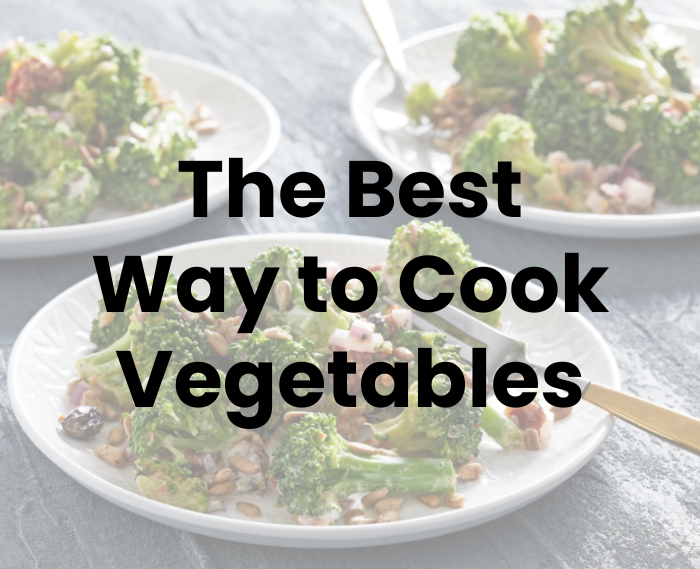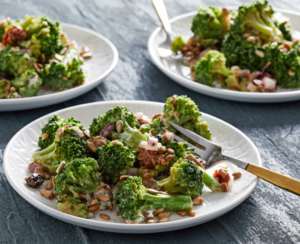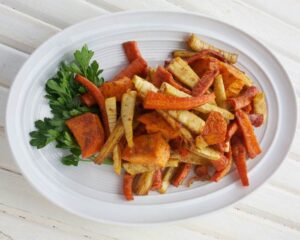Did you know that the method you use for cooking your vegetables can make a huge difference in their nutritional value? Here are three simple tips for the best way to cook vegetables.
Limit their contact with water.
When you immerse vegetables in water many nutrients like vitamins C and B, dissolve out of the vegetable and into the water. You know that green-hue the water takes on after you have boiled your broccoli? That’s a sign of the nutrients that leached into the water, only to be poured down the drain. So the golden rule for retaining vegetable nutrition is to cook them in as little water as possible for a minimal amount of time, unless you are going to consume the water, as you would with a soup. When blanching, be sure to cook the vegetable for no more than a couple of minutes to retain color and crispness and avoid significant nutrient loss. Steaming and microwaving are both excellent methods for cooking vegetables without much exposure to water and therefore with less nutrient loss
Use a little fat.
Eating plain steamed vegetables may sound like the best way to go nutritionally but, in fact, you are better off eating your vegetables with some fat. Many nutrients, like beta carotene, and vitamins D and K are fat soluble and can only pass from our intestine into our blood stream with some fat to carry it across. It’s like a nutritional buddy-system. So toss those steamed veggies with a lovely vinaigrette, dip them in a dressing, or sauté or stir-fry.
Cut larger, uniform pieces.
Larger pieces mean fewer cell walls severed and fewer nutrients left exposed to destruction by heat and light or lost to the cooking water. Cutting uniform pieces insures even cooking and prevents nutrient destruction that comes with overcooking smaller pieces.






